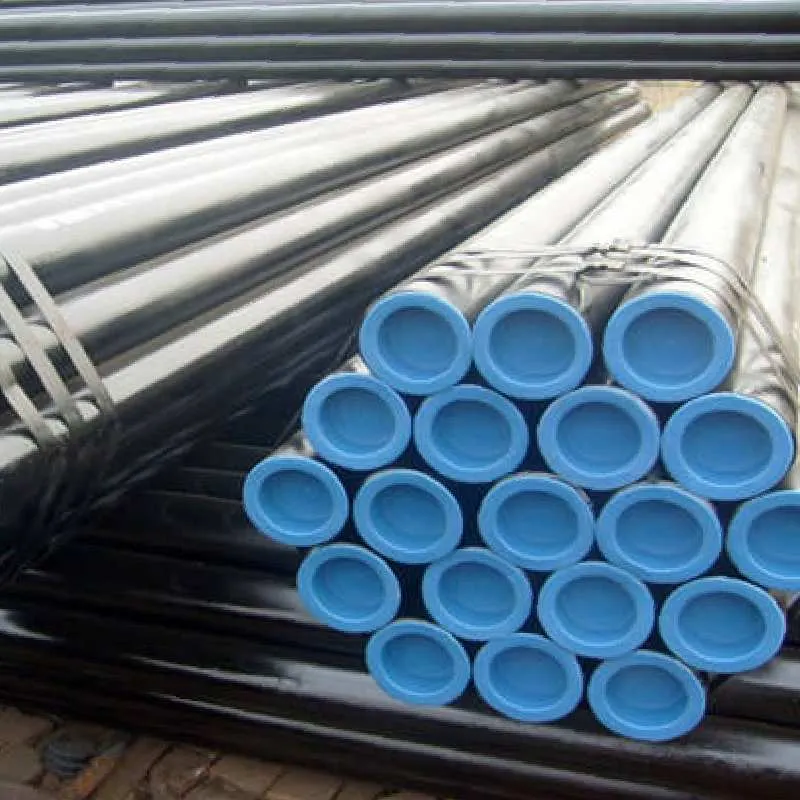-
Cangzhou Yulong Steel Co., Ltd.
-
Phone:
+86 13303177267 -
Email:
admin@ylsteelfittings.com
- English
- Arabic
- Italian
- Spanish
- Portuguese
- German
- kazakh
- Persian
- Greek
- French
- Russian
- Polish
- Thai
- Indonesian
- Vietnamese
- Zulu
- Korean
- Uzbek
- Hindi
- Serbian
- Malay
- Ukrainian
- Gujarati
- Haitian Creole
- hausa
- hawaiian
- Hebrew
- Miao
- Hungarian
- Icelandic
- igbo
- irish
- Japanese
- Javanese
- Kannada
- Khmer
- Rwandese
- Afrikaans
- Albanian
- Amharic
- Armenian
- Azerbaijani
- Basque
- Belarusian
- Bengali
- Bosnian
- Bulgarian
- Catalan
- Cebuano
- China
- China (Taiwan)
- Corsican
- Croatian
- Czech
- Danish
- Esperanto
- Estonian
- Finnish
- Frisian
- Galician
- Georgian
- Kurdish
- Kyrgyz
- Lao
- Latin
- Latvian
- Lithuanian
- Luxembourgish
- Macedonian
- Malgashi
- Malayalam
- Maltese
- Maori
- Marathi
- Mongolian
- Myanmar
- Nepali
- Norwegian
- Norwegian
- Occitan
- Pashto
- Dutch
- Punjabi
- Romanian
- Samoan
- Scottish Gaelic
- Sesotho
- Shona
- Sindhi
- Sinhala
- Slovak
- Slovenian
- Somali
- Sundanese
- Swahili
- Swedish
- Tagalog
- Tajik
- Tamil
- Tatar
- Telugu
- Turkish
- Turkmen
- Urdu
- Uighur
- Welsh
- Bantu
- Yiddish
- Yoruba

Nov . 05, 2024 22:08 Back to list
Understanding DIN Flange PN16 Specifications and Applications in Engineering
Understanding DIN Flanges and PN16 Specifications
Flanges are mechanical components crucial in various industries, particularly in piping systems. They serve as the connecting point between pipes, valves, and other equipment, ensuring a secure and leak-proof joint. Among the many standards for flanges used globally, the Deutsches Institut für Normung (DIN) standards are highly recognized, ensuring quality and uniformity in engineering components. In this article, we will delve into DIN flanges with a specific focus on PN16 specifications.
What is DIN Flange?
DIN flanges refer to the flanges that are designed according to standards set by the German Institute for Standardization (DIN). These flanges come in various shapes, sizes, and pressure ratings, providing versatility across numerous applications. The design ensures compatibility with specific pipe sizes and pressure requirements, making them a reliable choice in many sectors, including water treatment, oil and gas, and construction.
Understanding PN16
The term PN stands for Pressure Nominal, which is a method of classifying the pressure rating of flanges and piping components. PN16 indicates that the flange is rated for a maximum pressure of 16 bar, equivalent to approximately 232 psi. This standard allows engineers and technicians to select the appropriate flange for their desired application, ensuring that it can adequately withstand the internal pressure of the fluid being transported.
Key Features of DIN Flanges PN16
1. Material Composition DIN flanges are made from various materials, such as carbon steel, stainless steel, and cast iron. The material choice affects corrosion resistance, strength, and suitability for different fluids, including corrosive ones.
2. Dimensions The dimensions of DIN flanges are standardized, which facilitates easy integration into piping systems. Standard dimensions ensure that engineers can find compatible flanges and other components without custom modifications.
din flange pn16

3. Face Types DIN flanges come with several face types, including flat-faced, raised-faced, and ring-type joint. The choice of face type depends on the application and the type of seal required to prevent leaks.
4. Bolt Holes The number and size of bolt holes in DIN flanges are standardized to ensure a secure fit. Proper alignment and adequate fastening are essential for maintaining pressure integrity.
5. Temperature Resistance While PN16 specifies pressure ratings, it is also important to consider temperature limits when selecting flanges. The materials used in the flanges must withstand the operating temperatures of the fluid being transported.
Applications of DIN Flanges PN16
DIN flanges with PN16 ratings are versatile and find applications in various sectors. Some common uses include
- Water Supply Systems Due to their ability to handle significant pressure, PN16 flanges are often utilized in municipal water supply and wastewater management systems. - Industrial Processes In industrial settings, these flanges play a crucial role in transporting fluids, chemicals, and gases under controlled pressure. - HVAC Systems In heating, ventilation, and air conditioning systems, PN16 flanges are used to connect various components while maintaining system efficiency.
Conclusion
Understanding DIN flanges and their PN16 specifications is essential for engineers, technicians, and contractors involved in the design and installation of piping systems. By adhering to these standards, professionals can ensure reliable, efficient, and safe operations in various applications. The versatility and standardized nature of DIN flanges continue to make them a preferred choice in industries worldwide, emphasizing the importance of quality and compatibility in engineering solutions.
Latest news
-
ANSI 150P SS304 SO FLANGE
NewsFeb.14,2025
-
ASTM A333GR6 STEEL PIPE
NewsJan.20,2025
-
ANSI B16.5 WELDING NECK FLANGE
NewsJan.15,2026
-
ANSI B16.5 SLIP-ON FLANGE
NewsApr.19,2024
-
SABS 1123 FLANGE
NewsJan.15,2025
-
DIN86044 PLATE FLANGE
NewsApr.19,2024
-
DIN2527 BLIND FLANGE
NewsApr.12,2024
-
JIS B2311 Butt-Welding Fittings LR/SR 45°/90° /180°Seamless/Weld
NewsApr.23,2024











